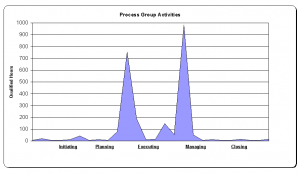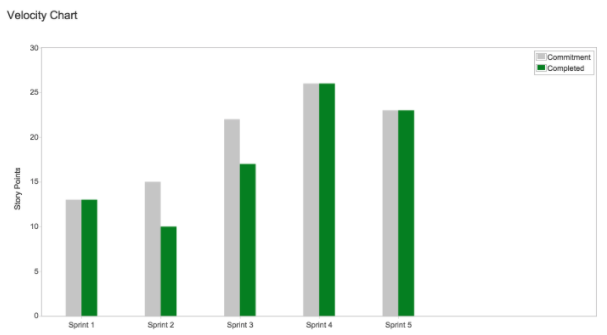As I mentioned in my previous post, Fixed-Priced Contracts, there is no ONE best type of contract to manage. The risk the vendor and customer share is determined by the contract type. The best thing you can do is understand the risks and benefits of each. There are three categories of contracts: Fixed-Price, Cost-Reimbursable, and Time and Material (T&M). In this second installment of a 3 part series, I will define the contracts in the cost-reimbursable category. It will hopefully help you on the PMP exam and out in the real world.
Cost-reimbursable is a contract category involving payments (cost reimbursements) to the seller for all legitimate actual costs incurred for completed work, pus a fee representing seller profit. Cost-reimbursable contracts may also include financial incentive clauses whenever the seller exceeds, or falls below, defined objectives such as costs, schedule, or technical performance targets. Three of the more common types of cost-reimbursable contracts in use are Cost Plus Fixed Fee (CPFF), Cost Plus Incentive Fee (CPIF), and Cost Plus Award Fee (CPAF).
A cost-reimbursable contract gives the project flexibility to redirect a seller whenever the scope of work cannot be precisely known and defined at the start and needs to be altered, or when high risks may exist in the effort. Frankly put, if the buyer doesn't know what they want, this type of contract allows the project to move forward without the risk to the seller.
Cost Plus Fixed Fee (CPFF) reimburses the seller for all allowable costs for performing the contract work, and they then receive a fixed fee payment calculated as a percentage of the initial estimated project costs. The fee is paid only for competed work and does not change regardless of seller performance. The fee amounts do not change unless the project scope changes.
Cost Plus Incentive Fee (CPIF) reimburses the seller for all allowable costs for performing the contact work and receives a predetermined incentive fee based upon achieving certain performance objectives as set forth in the contract. In CPIF contracts, if the final costs are less or greater than the original estimate costs, both the buyer and seller share costs from the departures based upon a prenegotiated cost sharing formula, e.g., an 80/20 split over/under target costs based on the actual performance of the seller.
Cost Plus Award Fee (CPAF) reimburses the seller for all legitimate costs, but the majority of the fee is earned, based on the satisfaction of certain broad subjective performance criteria. This performance criteria is defined and determined by the buyer and and incorporated into the contact. The determination of the fee is based solely on the subjective determination of seller performance by the buyer, and is generally not subject to appeals.
Image Source: Pictofigo






